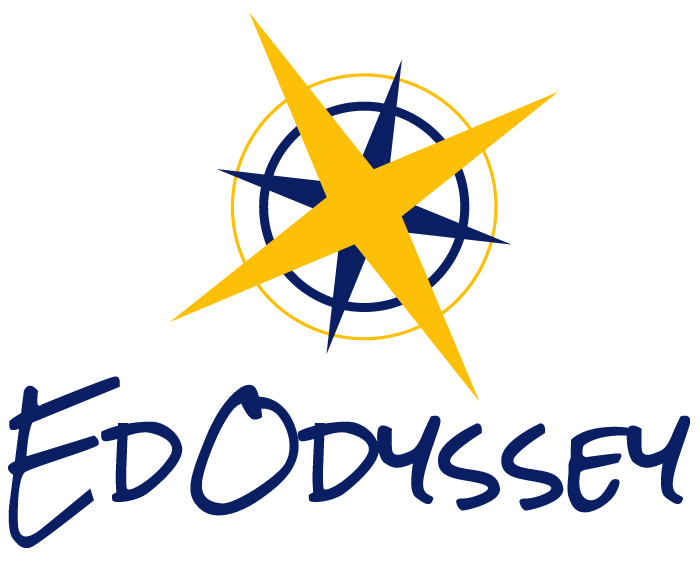Blog
Seven Reasons You Can't Miss Cusco
The history of Cusco has transcended time and still lives and breathes through its people, places and animals. Centuries ago, The Incan Empire was spread throughout South America as one of the world's largest tribes, and Cusco held the status as the capital of the Incas. Before the Spanish came in the 16th century, the empire covered Colombia, Ecuador, Peru, Bolivia and northern parts of both Chile and Argentina.
Search previous blogs here.

